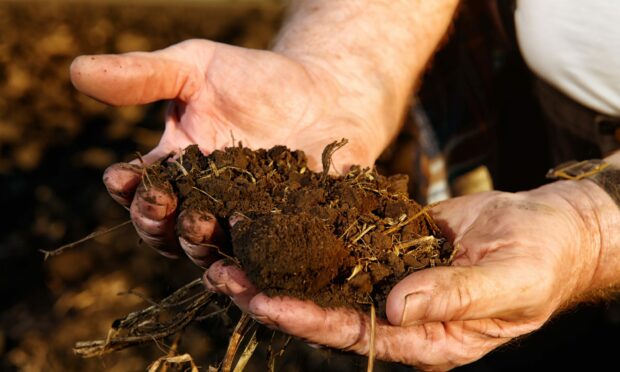I’ve listened to a number of farmers complaining recently that they had no opportunity to bid for neighbouring farms when they came up for sale, despite expressing their interest to the appointed agents.
Instead, the land was sold privately to forestry investors who already own large swathes of Scotland.
Unless it is good arable land, agriculture now struggles to compete with forestry and green investors.
Similarly, tenant farmers are facing resumptions or not having leases renewed as landlords choose forestry and green capital over agriculture.
This is happening all over Scotland at an alarming rate.
Furthermore, these land sales are often private so they are hidden from the regular land market statistics.
Unable to easily access the carbon value of farmland, agriculture does not stand a chance against forestry and green investors who are seeking carbon income streams resulting from the now well established UK Woodland Carbon Code and the UK Peatland Carbon Code.
The rise of Scotland’s new ‘green lairds’ is underway, and there is not much on the horizon to stop them.
Measures in the widely expected Land Reform Bill for this Parliament may have some effect, but at best are five years away from commencement, by which time the horse will have bolted.
With forestry and green investors having access to carbon income which is not easily available to agriculture, farmers are finding themselves on a damaging and uneven playing field.
Given that there are now plenty of examples of farmers who have shown that they can sequester carbon in their soils as fast as any growing forest, it is also an unfair playing field.
The one measure which could put the balance back into the land market is a Soil Carbon Code, to regulate the soil carbon market making it a safe option for both buyers and sellers of soil carbon.
That would allow farmers to turn their net sequestration of carbon into an income stream, and agriculture could compete again with forestry in the land market.
Work has started on the development of a UK Farm Soil Carbon Code with the help of a grant from the Environment Agency.
However, the rate of progress is not clear, and best estimates are for a 2023 launch assuming sufficient funding is in place.
While the Woodland and Peatland Codes are backed by the UK Government with the Woodland Code now operated by Scottish Forestry, the consortium drafting the Soil Carbon Code don’t appear to be benefiting from similar Government and industry support.
The future UK Soil Carbon Code will generate an estimated £500 million of carbon income annually for UK agriculture, but any sense of urgency to put it in place seems to be missing.
There is also work going on to develop a Saltmarsh Code and to extend the Peatland Code to include lowland peat, both of which should be beneficial to farmers.
While a number of companies are already offering carbon and environmental contracts to farmers and crofters, there are no industry standards for verification and regulation of the market.
The Land Commission is urging caution until the market is better understood which is sound advice, but in the meantime agriculture is missing out on the commercial value of soil carbon sequestration.
A Soil Carbon Code would be the solution to remove the uncertainties from this fast developing market.
Will COP26 in Glasgow serve as catalyst for Government and industry to prioritise the development of the UK Farm Soil Carbon Code?
Until it is in place agriculture will be competing against other land-based sectors with one arm tied behind its back.
- Christopher Nicholson is chairman of the Scottish Tenant Farmers Association.


